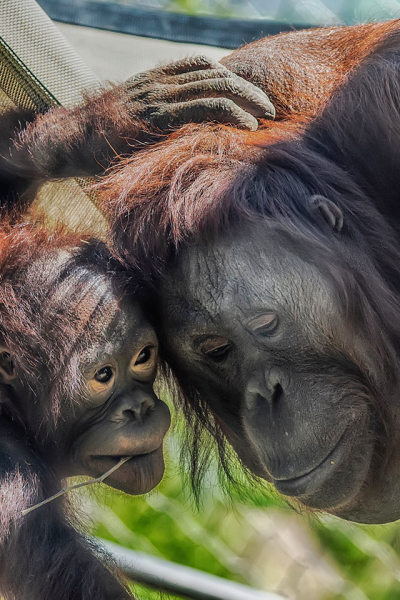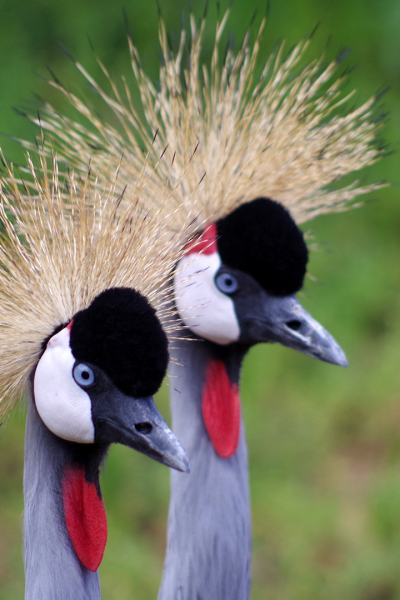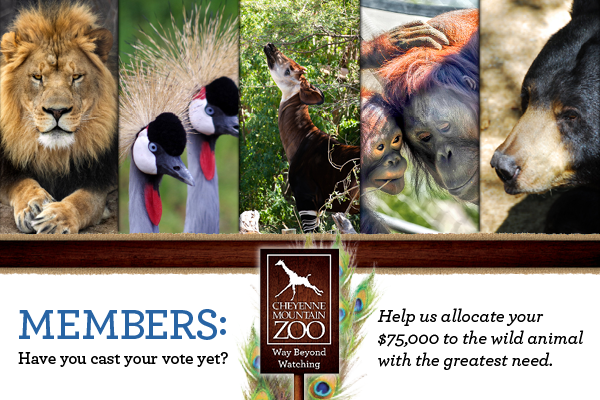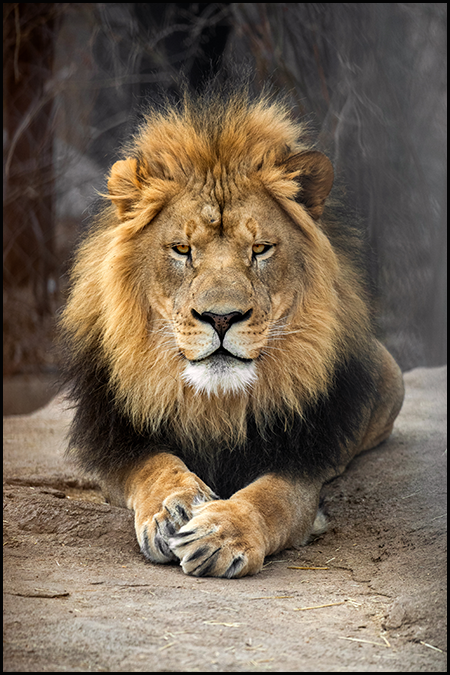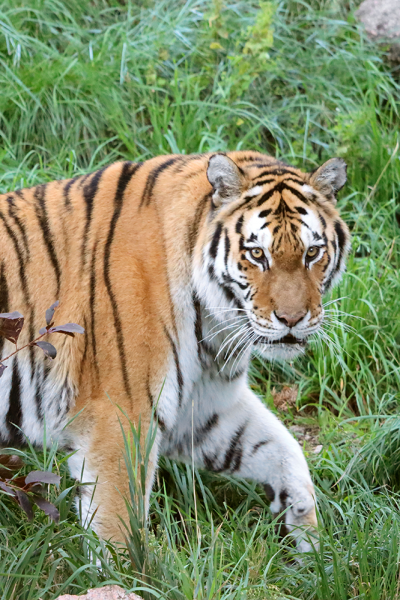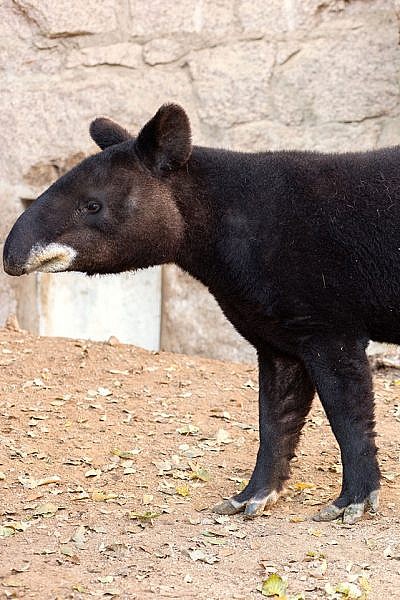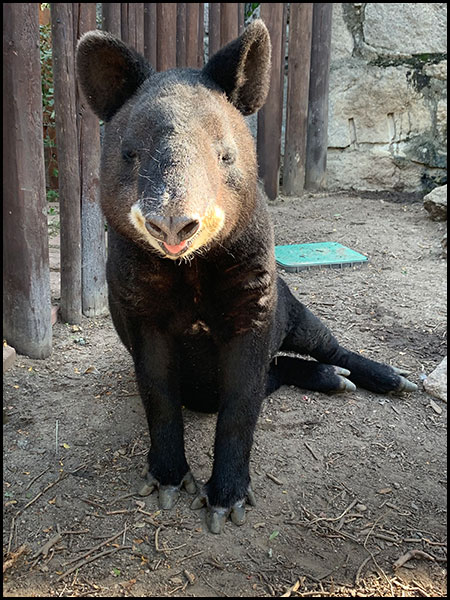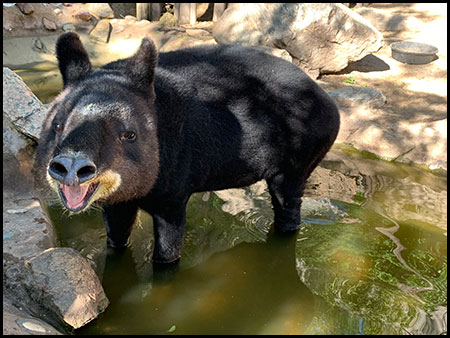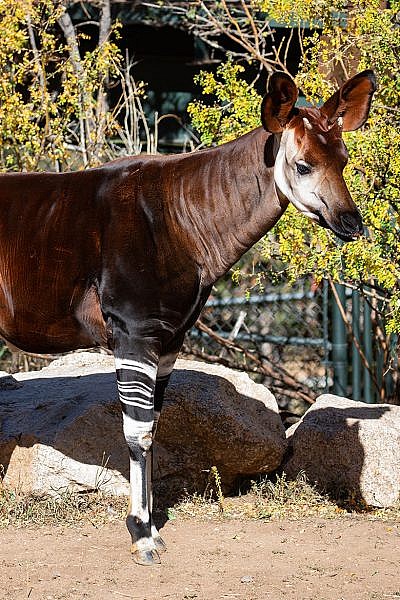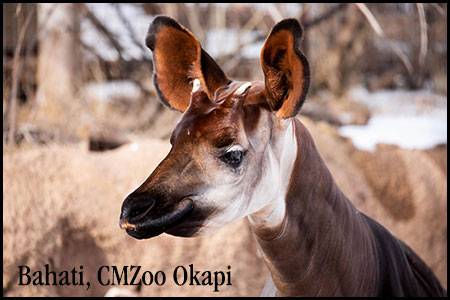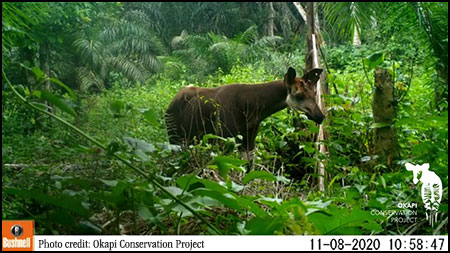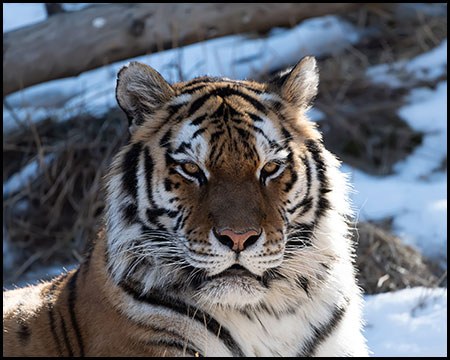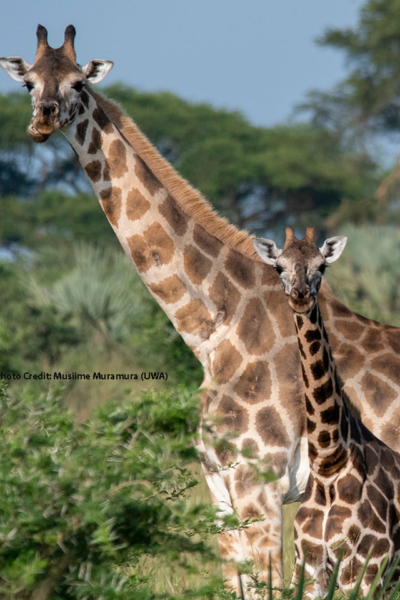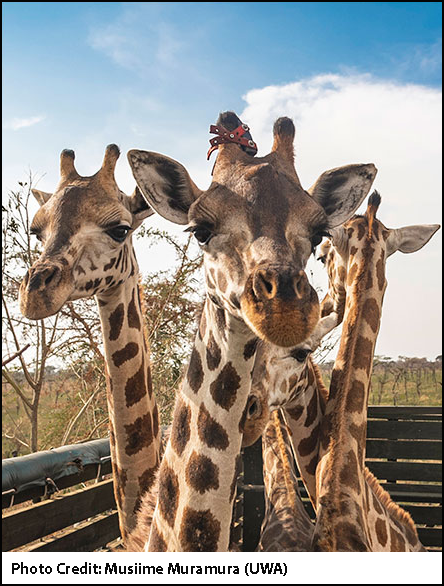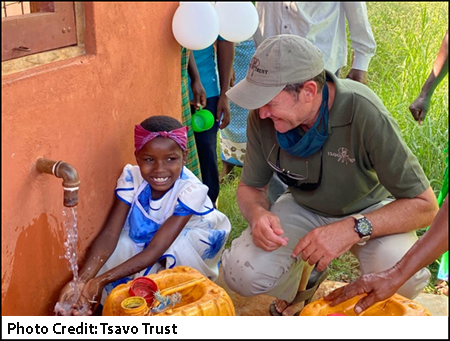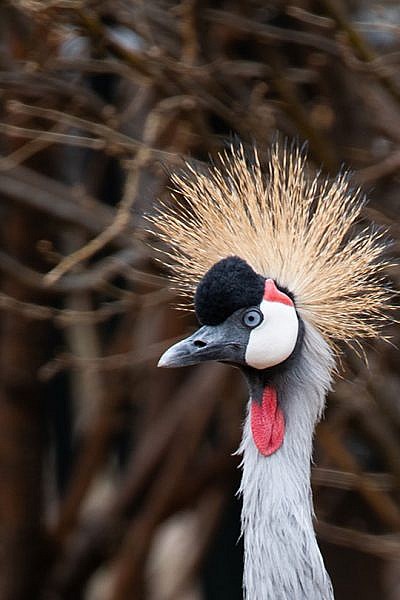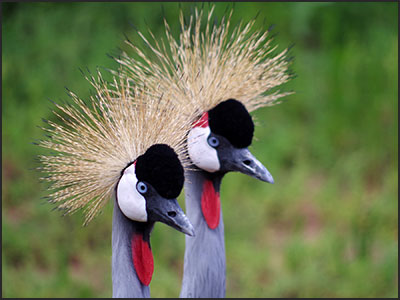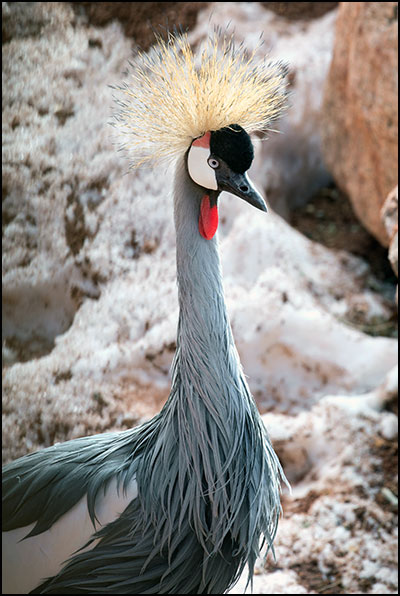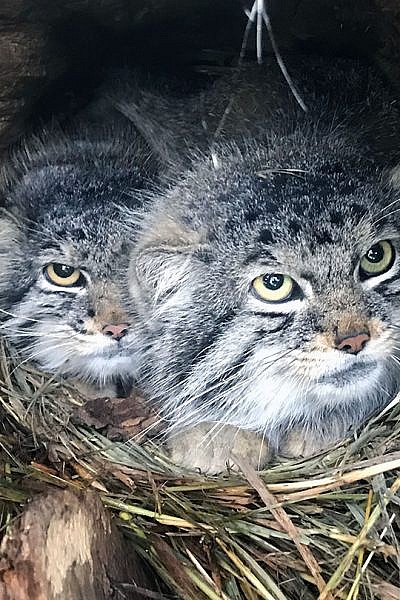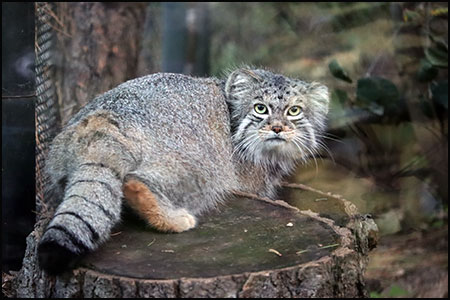Last month, members cast their votes to help the Zoo decide how to spend $75,000 of member conservation funds among five conservation projects vying for support. The three projects with the most votes will receive the full funding they requested. The number of votes received for the remaining two projects will help CMZoo decide how to distribute the remaining funds.
“This annual vote is another reminder that a membership to CMZoo helps save wildlife and wild places, and we’re grateful that our members have allowed us to do this for six years now,” said Dr. Liza Dadone, vice president of mission and programs at CMZoo. “In addition to supporting our legacy projects through Quarters for Conservation, the membership funds allow us to consider new projects and to act quickly in conservation crises, like we did last year when we sent $20,000 to Australia bush fire recovery efforts. It’s inspiring to see our members so passionate about conservation.”
Every membership and every visit to the Zoo is conservation in action. Since 2015, including this year’s contributions, the Member Conservation Vote has provided $525,000 of membership revenue to support field conservation worldwide. Each year, a total of $100,000 of membership revenue is contributed to conservation in two ways:
- $25,000 to the Quarters for Conservation program, which in total contributes half a million dollars on average annually to CMZoo’s legacy conservation partners.
- $75,000 to projects voted for by CMZoo members through this annual vote.
This year’s conservation project recipients, in order of votes received, are:
- Reforest a wildlife corridor and help save ORANGUTANS in Borneo – FULLY FUNDED ($20,000)
In support of two established organizations working to save species in Southeast Asia, this grant will help the HUTAN organization provide tools and funds to local women reforesting the Genting Wildlife Corridor. It will also help the Borneo Orangutan Survival Foundation (BOSF) repair orangutan rehabilitation islands damaged by a devastating flood. The HUTAN corridor is an important animal ‘wildway’ that will connect virgin rainforest with a wildlife sanctuary and is needed by hundreds of species in the area, like orangutans and Asian forest elephants. The BOSF grant provides emergency funds to reopen islands used for orangutan housing and forest school prior to release. - Track AMERICAN BLACK BEAR movements in Colorado – FULLY FUNDED ($14,500)
In a new partnership with Colorado Parks and Wildlife, this grant will fund the placement of GPS collars on black bear juveniles to collect information about their movements and habitat use after rehabilitation and reintroduction. This valuable data will support ongoing efforts to reduce human-bear wildlife conflicts in the Pikes Peak Region. One of the main drivers of human-bear conflicts is unsecured trash, which serves as a strong attractant for bears. Unfortunately, female bears with cubs can be drawn to unsecured trash and human-wildlife conflicts can then lead to orphaned bear juveniles. Colorado Parks and Wildlife rescues and rehabilitates these young bears, and releases them once they are old enough to live successfully in the wild. As human developments sprawl into historical bear habitat, this data could guide solutions to keep bears safe and behaving like wild bears. - Protect LIONS, CHEETAHS and WILD DOGS from diseases – FULLY FUNDED ($23,600)
Through a long-time partnership with Ewaso Lions, this organization aims to protect lions and other large carnivores by vaccinating pet dogs in northern Kenya. This funding will support a pet vaccination program by providing local communities with trained personnel, vehicles, veterinary equipment, and materials to make collars that will identify vaccinated dogs. These vaccines can prevent life-threatening diseases like rabies and distemper from being spread from pet dogs to wild carnivores. - Support more agroforestry to protect OKAPI habitat – PARTIALLY FUNDED ($13,225)
In a continued partnership with the Okapi Conservation Project (OCP), this grant will provide farmers with tools, seeds, natural fertilizers and education in sustainable agriculture practices. Funds will also support reforestation in the region. Found in the Democratic Republic of Congo, okapi are threatened by slash-and-burn agriculture and poaching. This program empowers local communities to produce food sustainably, safeguard water resources, and generate income, while reducing their economic dependence on mining and poaching, thus protecting okapi in the long run. Over the last year, OCP has distributed over 65,000 kg of seedlings and over 62,000 kg of food seeds to more than 900 farmers in the region. Even more exciting, they have been visited by a wild okapi, which is extremely rare. - Continue the banding, monitoring, and protection of CROWNED CRANES – PARTIALLY FUNDED ($3,675)
This grant will fund the banding of 100 East African crowned crane chicks and support data collection to guide future conservation efforts for this species. This project will also establish a Crane Custodian Program, training local community members to advocate for and assist with crane data collection – a crucial component of crane conservation, especially during COVID-related travel restrictions. Found in Kenya, the East African crowned crane has seen a dramatic decrease in population over the last four years. In a continued partnership, the International Crane Foundation and the Leiden Conservation Foundation are collaborating to learn more about this species in order to stabilize its population.
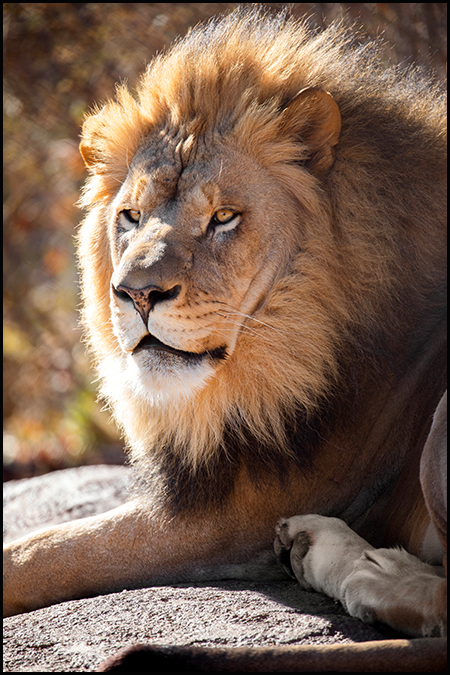
“We’re excited to continue supporting our members’ wishes to fund frontline conservation projects with membership revenue through this annual conservation vote,” said Emma Repp-Maxwell, CMZoo membership manager. “It was interesting to see that the two brand-new projects, orangutans and black bears, placed first and second. We’ll provide updates as these projects launch or continue, depending on the project, throughout the year, so stay tuned!”
For more information about how to become a CMZoo member, and the many benefits that memberships provide, visit cmzoo.org/membership.
